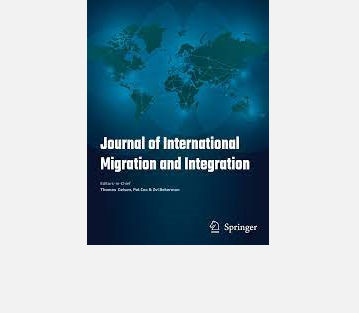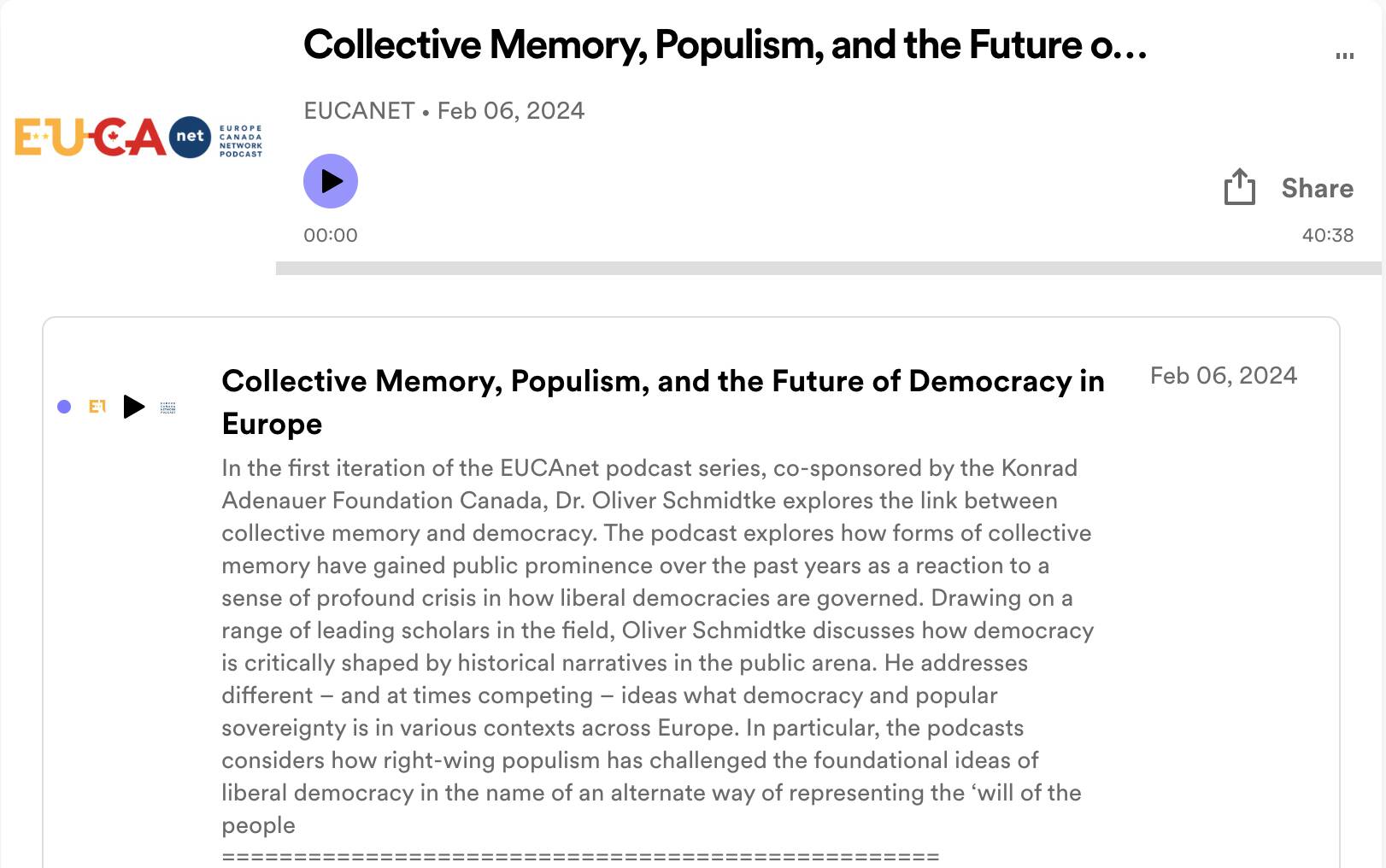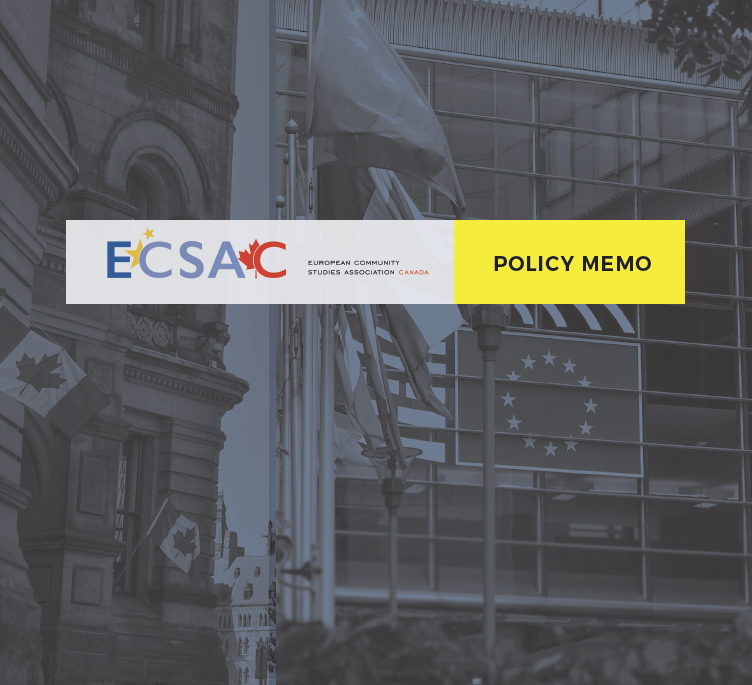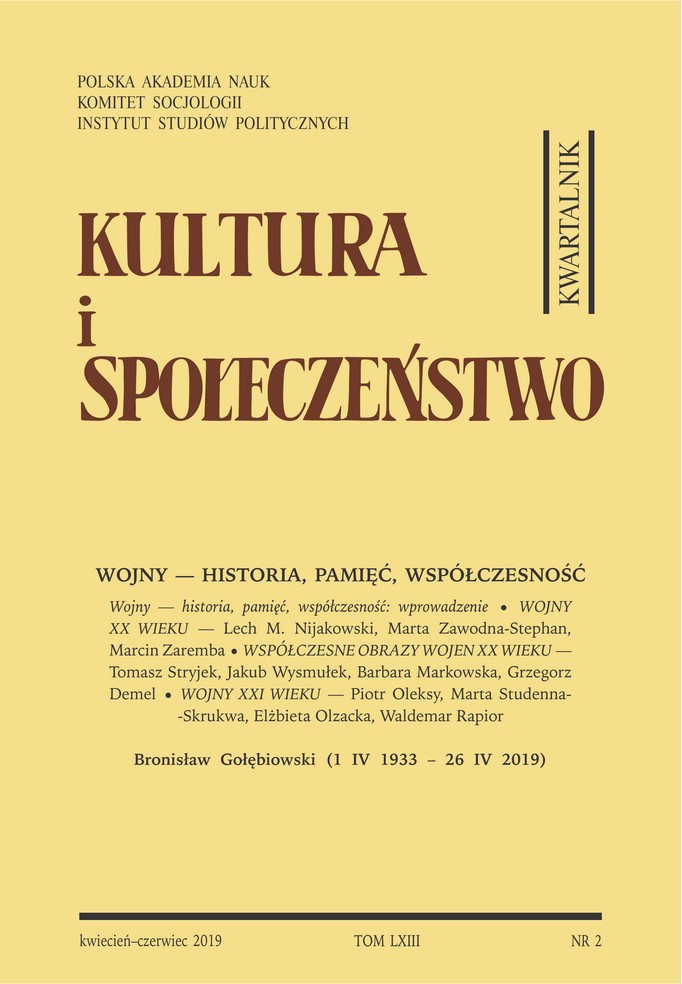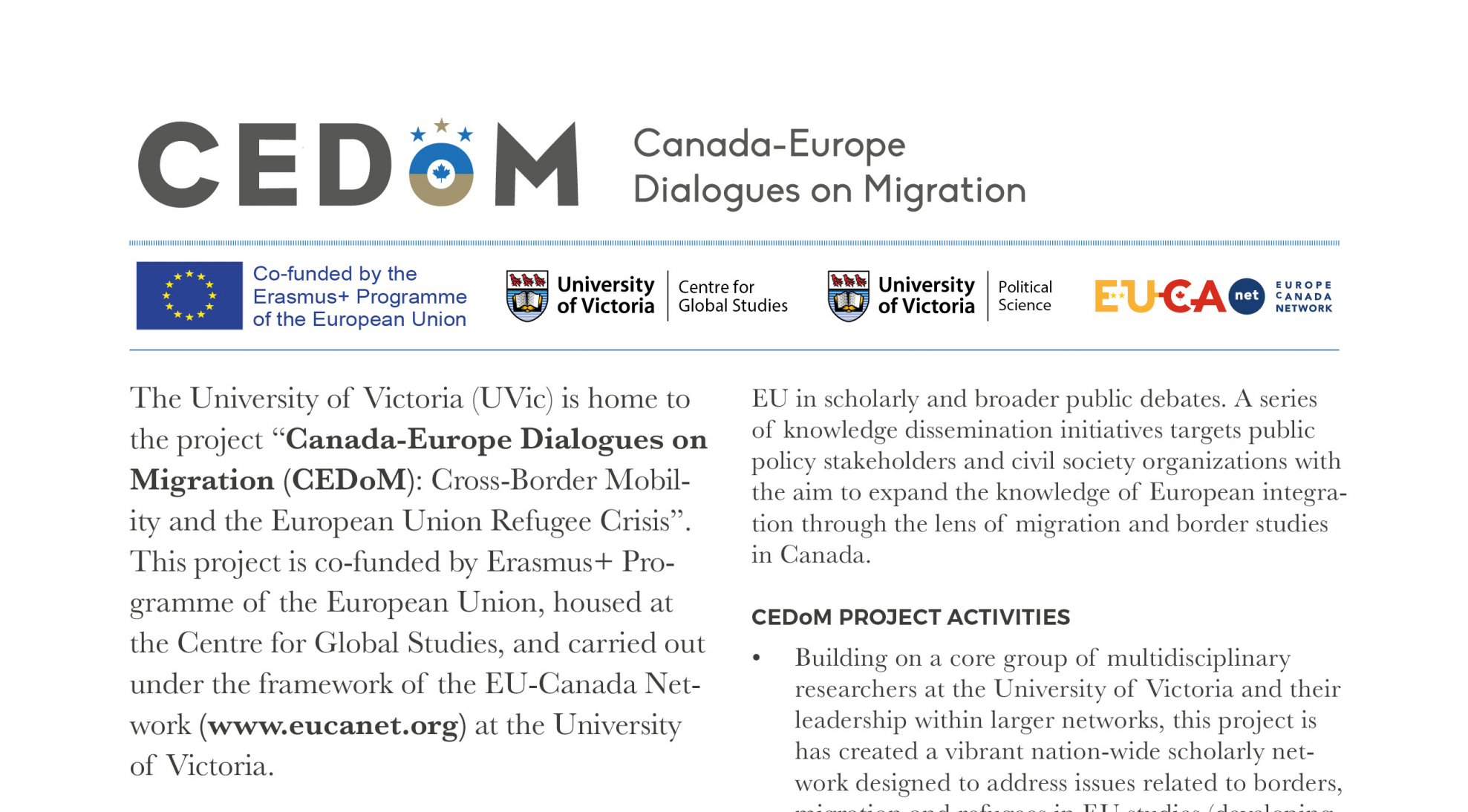Policy Formation and Citizenship Practices: Germany’s Regions as Laboratories for Immigrant Integration
By Oliver Schmidtke (University of Victoria)
Full article: Journal of International Migration and Integration (2021), Springer.
Federal states develop intricate multi-level governance practices specific to particular fields of public policy making. Since 1949, German federalism has been characterized by a perennial trend of centralization (Kaiser and Vogel 2019) which shapes the division of competences between the federal and regional level.
Yet, the integration of immigrants constitutes a policy field that is at odds with the general centralizing tendencies in Germany’s federalist structure and that has developed a momentous dynamic in shifting leadership in terms of policy innovation to the subnational level.
Although selecting those who can come permanently into the country and granting them citizenship rights is still a core prerogative of the sovereign nation-state, when it comes to the promotion, the settlement and integration of newcomers, there is a high degree of shared legislative and administrative responsibility across different levels of government—municipal, regional, and federal.
This trend has also been driven by the nature of the new societal problem and policy challenge posed by immigration. While the legal framework stipulating the role of Länder in this policy area is uniform across the country, the way in which policy guidelines are interpreted and implemented in governance practice varies considerably from Land to Land. The argument of this article builds on the claim that the integration of immigrants has evolved as a policy field that has been subject to “a complex, fluid patchwork of innumerable overlapping jurisdictions.” (Hooghe and Marks, 2001:4).
Building on this conceptual framework, Schmidtke focuses on the actors and negotiation processes that have redefined the boundaries between federal, regional and municipal jurisdictions in the field of integration policies and program development.
Analyzing how the integration of immigrants poses momentous challenges and opportunities to individual regions, the author explains how Germany’s regions have addressed the task of integrating newcomers with a divergent set of policy priorities and governance practices. He thus focuses on the difference between two Länder, namely Bavaria and North Rhine Westphalia (NRW), where the immigration policies have taken particular trajectories with a view to the programs established, the governance structure of this policy field, and the underlying—administrative and political—understanding of the policy challenge at hand.
Schmidtke notes that while taking into account the development of decentralization and divergent policy regimes at the regional level it is worth underlining the path dependency of governance structures and policy priorities over time. In this respect, the comparison between Bavaria and NRW, and the contrasting visions of what constitutes successful integration and what it means for governance practices, mapping onto a left-right divide, indicate that the role played by the that regions in promoting immigrant integration can be seen to be tied to broader territorially specific socio-political environments, pathways of institution-building, and policy trajectories.
